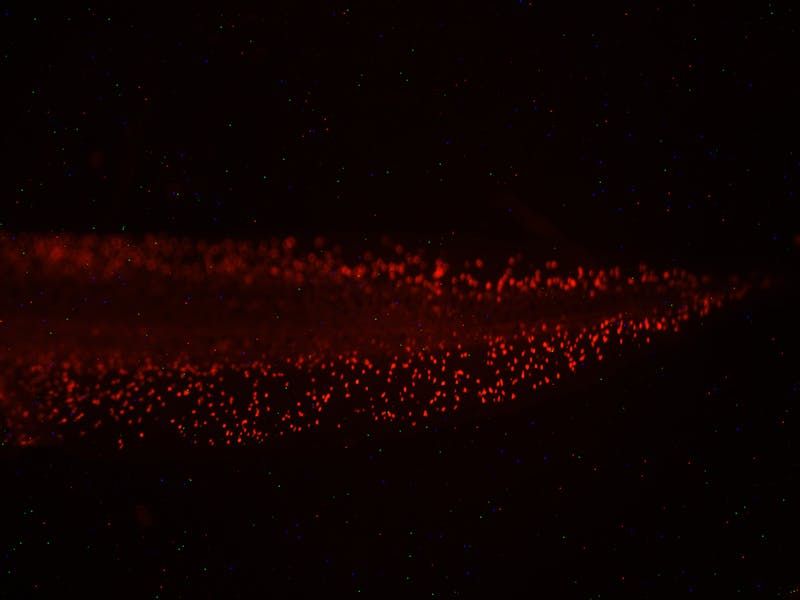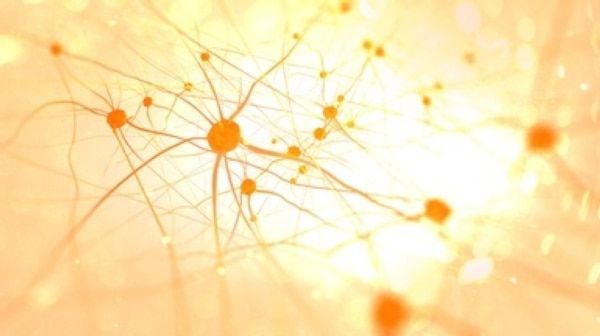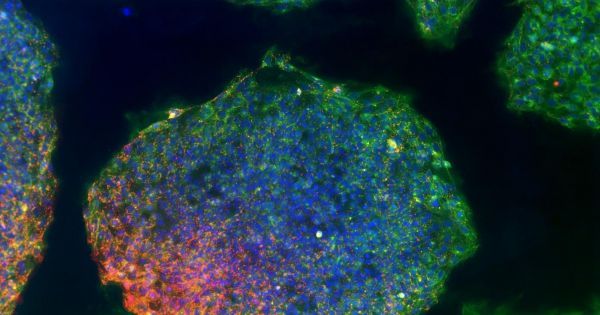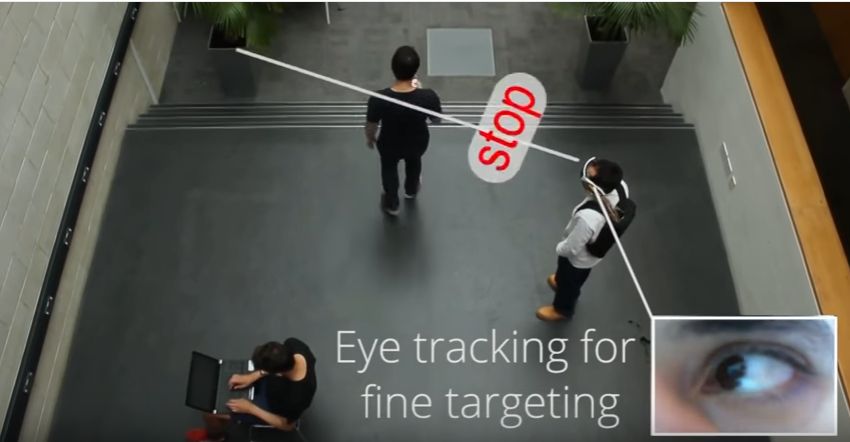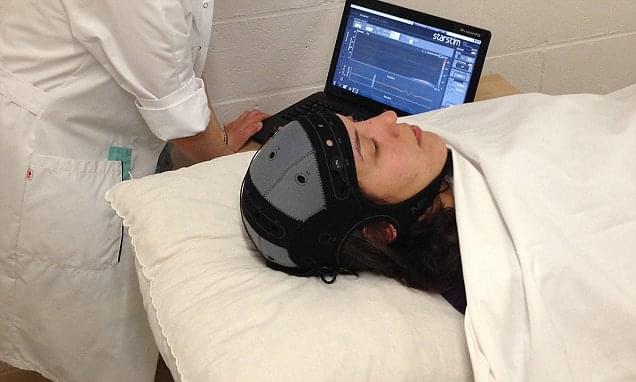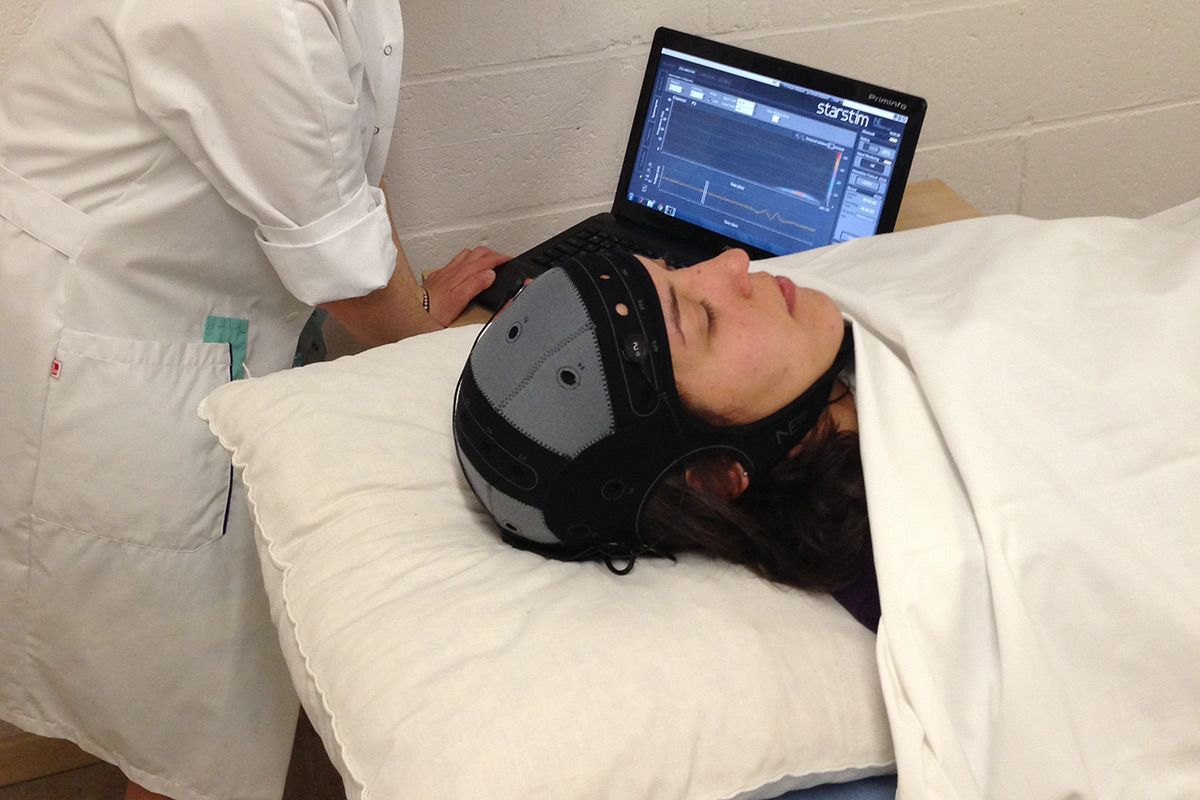Archive for the ‘neuroscience’ category: Page 847
May 29, 2017
Bioelectricity is a new weapon to fight dangerous infection
Posted by Roman Mednitzer in categories: biotech/medical, engineering, neuroscience
By Kim Thurler, Tufts University
(MEDFORD/SOMERVILLE, Mass.) — Changing the natural electrical signaling that exists in cells outside the nervous system can improve resistance to life-threatening bacterial infections, according to new research from Tufts University biologists. The researchers found that administering drugs, including those already used in humans for other purposes, to make the cell interior more negatively charged strengthens tadpoles’ innate immune response to E. coli infection and injury. This reveals a novel aspect of the immune system – regulation by non-neural bioelectricity – and suggests a new approach for clinical applications in human medicine. The study is published online May 26, 2017, in npj Regenerative Medicine, a Nature Research journal.
“All cells, not just nerve cells, naturally generate and receive electrical signals. Being able to regulate such non-neural bioelectricity with the many ion channel and neurotransmitter drugs that are already human-approved gives us an amazing new toolkit to augment the immune system’s ability to resist infections,” said the paper’s corresponding author Michael Levin, Ph.D., Vannevar Bush Professor of Biology and Director of the Allen Discovery Center at Tufts and the Tufts Center for Regenerative and Developmental Biology in the School of Arts and Sciences. Levin is also an Associate Faculty member of the Wyss Institute of Biologically Inspired Engineering at Harvard University.
Continue reading “Bioelectricity is a new weapon to fight dangerous infection” »
May 27, 2017
Scientists Surprised to Find No Two Neurons Are Genetically Alike
Posted by Shailesh Prasad in categories: biotech/medical, genetics, neuroscience
The genetic makeup of any given brain cell differs from all others. That realization may provide clues to a range of psychiatric diseases.
- By Simon Makin on May 3, 2017
May 17, 2017
Bizarre Mini Brains Offer a Fascinating New Look at the Brain
Posted by Klaus Baldauf in categories: biotech/medical, neuroscience
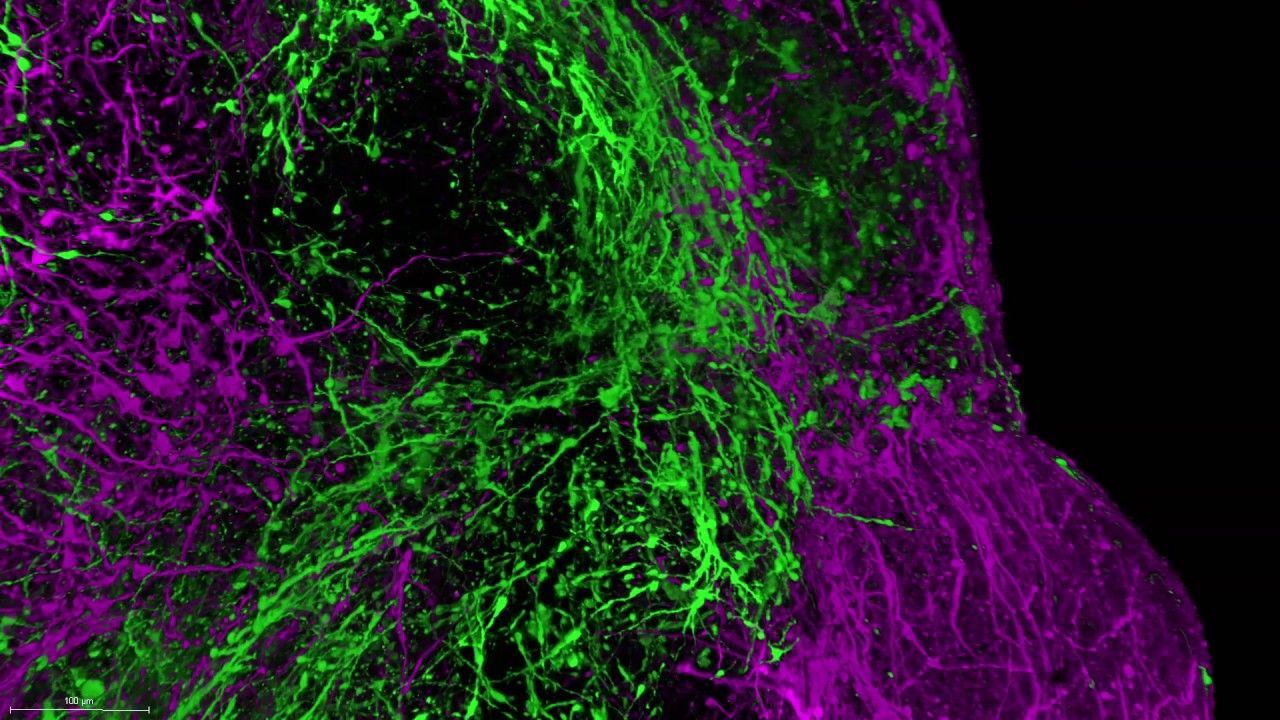
Brain balls sound like something straight out of a Tim Burton movie: starting as stem cells harvested from patients, they eventually develop into masses of living neurons, jumbled together in misshapen blobs.
Just like the developing brain, these neurons stretch and grow, reaching out skinny branches that grab onto others to form synapses—junctions where one neuron talks with the next.
Continue reading “Bizarre Mini Brains Offer a Fascinating New Look at the Brain” »
May 17, 2017
Researchers Are Using Stem Cell Tech to End Neurological Disorders
Posted by Shane Hinshaw in categories: biotech/medical, neuroscience
- Researchers have constructed a laboratory model for a unique neurological disorder by transforming patients’ own cells using stem cell technology.
- This innovation could also benefit the research of other neurological disorders that may also have roots in a dysfunctional blood-brain barrier, like Alzheimer’s disease and Huntington’s disease.
The human body is a melding of different systems designed to function well together. In some cases, however, a mechanism that protects the body can also cause it harm, like with the specialized shield of endothelial cells — called the blood-brain barrier — that keeps toxins in the blood from entering the brain.
May 17, 2017
Project Telepathy: Team explores bioelectric signals produced
Posted by Carse Peel in categories: neuroscience, wearables
(Tech Xplore)—Researchers at the University of Bristol have figured out how you can whisper to someone up to 30 feet away. Their approach managed to translate facial expression into ultrasonic words.
David Lumb in Engadget said the researchers built a wearable system; its components are a speaker worn on the forehead or chest and electrodes placed on the lips and jaw.
The only “snag,” as New Scientist called it, is fairly substantial. How could one be a stellar secret message-passing agent in a crowd when staring people would find it odd that person is wearing a speaker on his head and walking around with electrodes around his mouth.
Continue reading “Project Telepathy: Team explores bioelectric signals produced” »
May 16, 2017
The human universe: Does consciousness create reality?
Posted by Shailesh Prasad in categories: neuroscience, quantum physics
While not a complete figment of our imagination, the universe may only become real because we’re looking at it.
By Douglas Heaven
Samuel Johnson thought the idea was so preposterous that kicking a rock was enough to silence discussion. “I refute it thus,” he cried as his foot rebounded from reality. Had he known about quantum mechanics, he might have spared himself the stubbed toe.
Continue reading “The human universe: Does consciousness create reality?” »
May 15, 2017
Electric zaps bring brain-dead people to life for a week, study says
Posted by Dan Kummer in categories: biotech/medical, neuroscience
Scientists have successfully re-awoken coma patients so they can communicate with their family by ‘zapping’ their brain with a low-intensity current.
Two people in a vegetative state, and another 13 in a minimally-conscious coma, were able to show new signs of awareness after receiving brain stimulation, New Scientist reported.
The effect lasted for up to a week, according to researchers at the University of Liege in Belgium.
Continue reading “Electric zaps bring brain-dead people to life for a week, study says” »
May 14, 2017
Brain zaps let minimally conscious people communicate for a week
Posted by Shailesh Prasad in categories: innovation, neuroscience
By Helen Thomson
People in a minimally conscious state have been “woken” for a whole week after a brief period of brain stimulation. The breakthrough suggests we may be on the verge of creating a device that can be used at home to help people with disorders of consciousness communicate with friends and family.
People with severe brain trauma can fall into a coma. If they begin to show signs of arousal but not awareness, they are said to be in a vegetative state. If they then show fluctuating signs of awareness but cannot communicate, they are described as being minimally consciousness.
Continue reading “Brain zaps let minimally conscious people communicate for a week” »
May 12, 2017
The Buck Institute for Research on Aging
Posted by Steve Hill in categories: biotech/medical, chemistry, engineering, life extension, neuroscience
The Buck institute is in the spotlight today.
Located in Novato, California, not too far from Mount Burdell Preserve and Olompali State Historic Park, is one of the world’s leading research centres for ageing and age-related diseases—the Buck Institute for Research on Aging.
Opened in 1999 thanks to the substantial bequest of American philanthropist Beryl Hamilton Buck, the Buck Institute set to fulfill her wishes that her patrimony be spent to “extend help towards the problems of the aged, not only the indigent but those whose resources cannot begin to provide adequate care.” Over the years, the Institute has certainly honoured its commitment: The Buck can boast some of the most eminent experts on ageing among its research staff, and a number of laboratories that push forward our understanding of age-related pathologies every day—such as the Campisi Lab and the Kennedy Lab, just to name a few.
The Buck’s approach to investigating ageing is a multifaceted one. The institute rightfully acknowledges the necessity to bring together experts from disparate fields of science—from physics to engineering, from mathematics to anthropology—in order to properly understand the complex networks of biochemical processes underlying ageing and ultimately leading to pathology. Biochemistry, molecular endocrinology, proteomics, genomic stability, and cell biology are only some of the areas of investigation of the Buck, and the medical conditions researched by their teams range from Huntington’s disease to ischemia, to Parkinson’s, to cancer and Alzheimer’s. The three main questions the Buck set to answer are why do ageing tissues lose their regeneration capacity, why do stem cells fail to function with ageing, and how do tissues change during ageing so that they no longer support normal regenerative processes.

